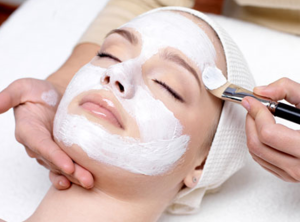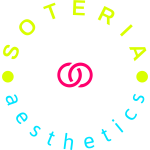When selecting a skin treatment salon it is imperative that your facialist is trained, qualified & experienced enough to provide a professional service, and tailored treatment programme. At Soteria Aesthetics, we understand the impact that self-image has on peoples self-confidence, which is why we are committed to providing a professional service with noticeable results to our clients
The professional skin guide shares behind the scenes insights, top-tips and guidance on common dermatological conditions, and the most effective treatments
#Acne #Congested Skin #Oily-Skin #Dull-Skin #Sluggish-Skin #Sensitive-Skin #Loss-of-Elasticity #Skin-Boost #Anti-Ageing


